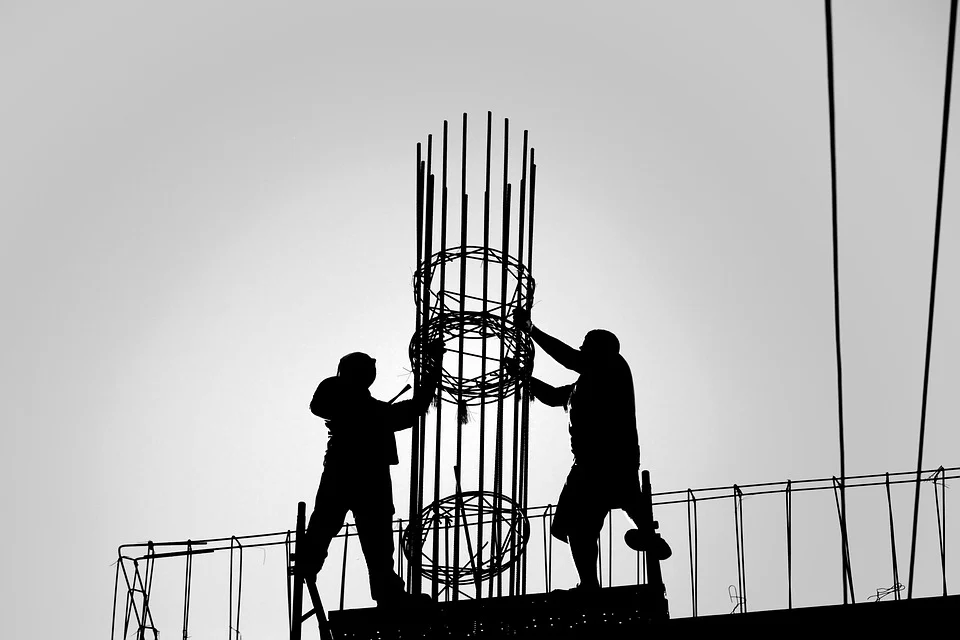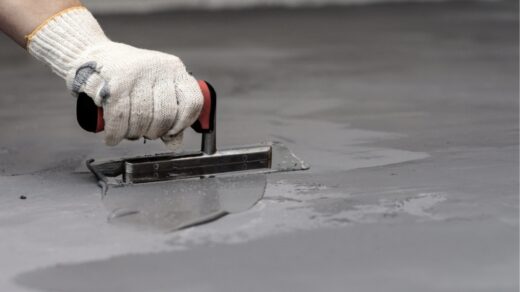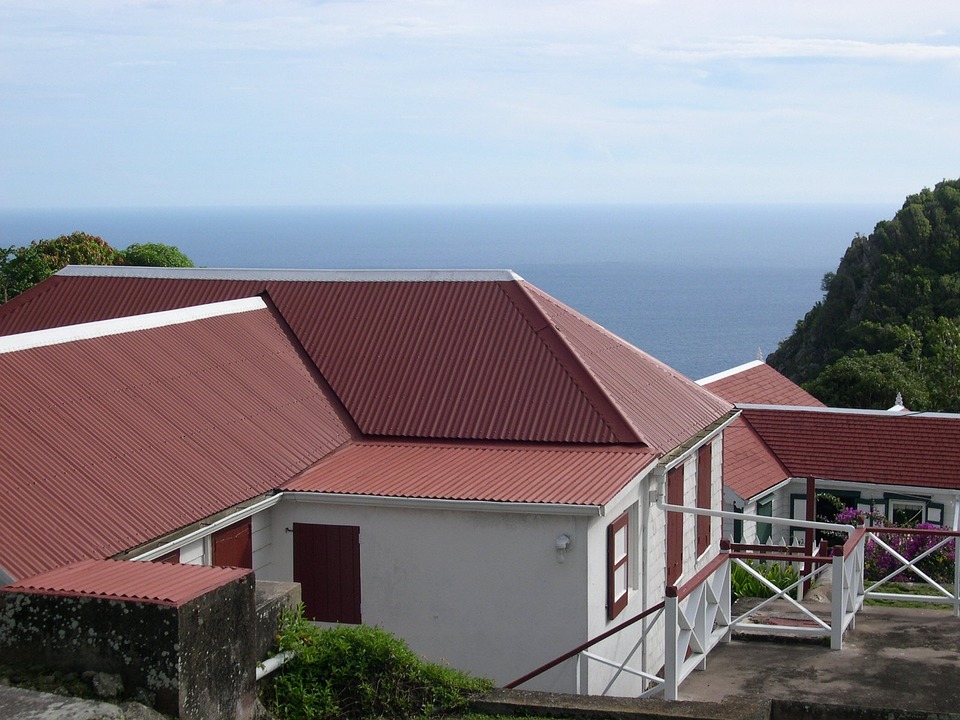Concrete structures used to stop soil erosion are known as retaining walls. They are usually
made of concrete, stone blocks, clay, impermeable stones pavers, or other materials. These paving contractor Adelaide structures are most popular along the coasts of the United States. This is because erosion can be caused due to tidal shifts. When natural barriers erode away, they can then be picked up and moved by vehicles, resulting in a costly clean-up job for land owners. This is why retaining walls
are used around beaches, dunes, and other areas prone to erosion. In many cases, these walls
protect valuable infrastructure as well, such as power lines and other transmission lines.
There are many materials you can use to build Retaining Walls Melbourne. Brick, stone or sandstone
retaining walls are most popular as they are strong and long-lasting. They can be painted or
stained without difficulty and are very easy to maintain.
They should be thoroughly cleaned paving any materials are used. Sealing cracks and providing
caulk around drains helps to ensure that water does not pool behind or under the retaining walls.
Pressure washers equipped with scrubbers can be used for cleaning dirt and grime from walls.
Any sediment that isn’t easily cleaned can be manually removed with a brush or rake.
After the cleaning process is complete, the retaining walls can be installed. Drains should be
placed at least two feet away from the wall and sloped to a sloping driveway or side yard. Pavers
should drain away from the house but should not block the drainage holes in your retaining wall.
After the walls are installed, the dirt should be filled in. Now it’s time to inspect the retaining walls
to ensure they are still holding their shape. Contractors will inform homeowners if they need to
refilled.
It is important to homeowners know that there are many types of retaining walls. The most
common ones are cast-in, poured, and stucco. Cast-in walls are strong and provide structural
support. They also hold soil in place. Poured or cast-in wall surfaces must be properly
maintained to keep soil in place and prevent water from pooling behind the wall.

Cast-in walls can be made by pouring concrete directly into molds and drying them. Once dried,
the molds can be removed. Wooden wedges are used to relieve the wall’s pressure. These
wedges create horizontal and vertical forces which push the soil away from the wall and footing,
reducing pressure on the foundation. As more soil is removed from the wall, the vertical forces
diminish and the wall will settle into a flatter position, which allows soil to be held in place.
On cast-in wall foundations, wooden plugs are used as handholds. Plugs allow water to flow
down the wall, allowing it to stay in place and preventing it from settling. The wooden plugs can
be placed where there is excessive water accumulation. If there is a gutter system, for example,
the roots of the tree can pass through the openings to drain water into the gutter system. In
areas where the ground does not drain, or the roots are weak or close to the surface, plugs can
be used behind the wall as handholds to limit the amount of water that leaks out behind the wall.
Many benefits can be achieved by landscaping. It can improve the curb appeal and property
value. But, a properly landscaped yard will look great and retain its value. A yard’s functionality
can be enhanced by retaining walls, which can also help to conserve space. There are many
design options to choose from so homeowners can be sure to find the best design for them



